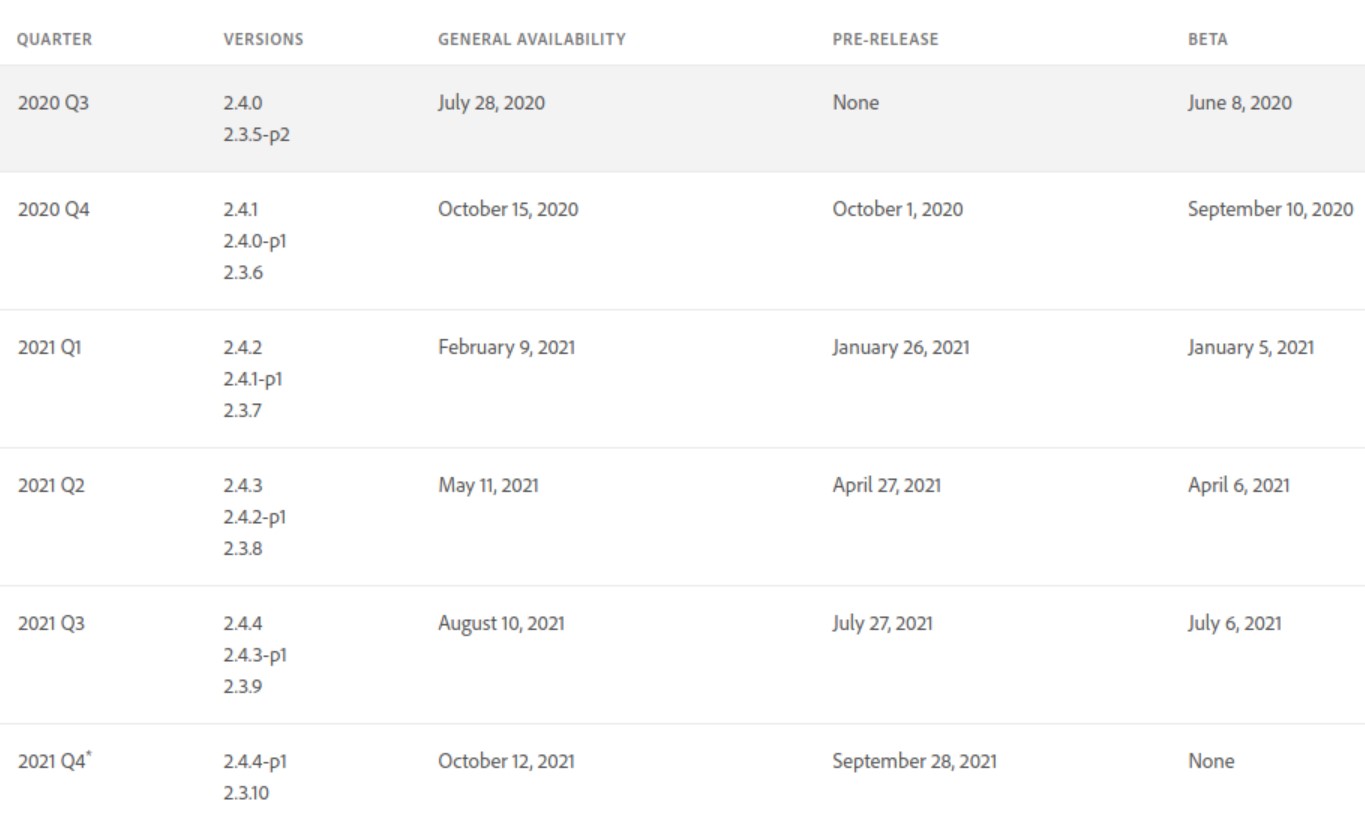The End of The Hosted Server Epoch: How to Run Magento 2.4 That Requires PHP 7.4 and Elasticsearch

The long-awaited update has finally arrived. Magento 2.4.0 is officially released, and we can leverage its remarkable improvements and upgraded functionalities. Two-factor authentication is now mandatory for all admin users. Along with dozens of security enhancements, this innovation dramatically increases the overall safety of Magento. The redesigned Media Gallery, with its substantially simplified workflow, is under the disposal of Magento administrators, while developers get the ability to leverage PWA Studio more efficiently. Retail customers can streamline in–store pickup, while wholesale clients face better buying routines with seller-assisted shopping, brand new purchase approval workflow, and numerous performance optimizations. Last but not least, Magento 2 introduces an updated technology stack and different platform changes, including the Laminas project instead of Zend Framework, Elasticsearch as a replacement for MySQL search, and support for newer PHP, MySQL, MariaDB, etc.
Although all novelties tend to solve current issues and enhance the experiences of anyone who interacts with the platform, some shifts bring new headaches into the loop. The support for more modern technologies means the deprecation of their older versions. While it may seem a good tendency at first glance – you get a more secure, efficient, better-performing product – the ramifications are not so bright, especially for smaller market players. So, what’s wrong with Magento 2.4.0?

Table of contents
Magento 2.4.0 & Hosted Server Incompatibility
As you might have already seen, Magento 2.4.0 uses Elasticsearch instead of MySQL and deprecates PHP 7.1 and 7.2 in favor of 7.4. What implication does it have?
Some community members hold that we are on the verge of the end of the hosted server era because most services don’t follow the new requirements. Is it really so? Of course, not.
You may say that using a hosted server is not the best way to run Magento, but many small businesses cannot maintain their online storefronts elsewise. Therefore, the lack of support for older technologies in Magento 2 and the current inability of servers to cope with the platform’s new requirements frighten some developers immensely. Let’s find out what scares them the most.
Some may consider that making Elasticsearch mandatory appears to be a mistake. Although the new search engine of Magento 2.4 tends to bring various benefits in comparison with the previous technology, it also requires a lot more memory, leading to a noticeable bump in expenditures for e-commerce companies.
Another issue is that not all hosting companies are familiar with Elasticsearch. It means that they need some time and additional budget to implement the technology. However, the lack of experience and possible costs may delay the application. Service providers may also face some troubles tuning Elasticsearch properly.
All these factors make Magento 2.4.x less attractive for smaller merchants who want to keep their budget tight. While the current situation looks like Adobe is trying to get rid of small market players who don’t bring substantial profits to the corporation, it is not a reason for panic. Still, a plethora of possible solutions are at your command. If neither PHP 7.4 nor Elasticsearch is on your hosted server, you’ve come to the right place. In this article, we describe how to run Magento 2.4 following the new austere requirements.
Follow The Old but Gold Principle
You may stay on Magento 2.3.5 for a while. Yes, it is less secure and more buggy than Magento 2.4.0, but the letter still has to undergo battle testing. Pay heed to the fact that Adobe will support 2.3 to the end of 2021. It means that, as a merchant, you have enough time while hosted server providers adapt to the technology shift.

It also seems that although 2.3.5-p1 contains all that bugs and security breaches that are no longer available in Magento 2.4, the outcoming 2.3.5-p2 will provide all the necessary fixes.
And if you peruse and analyze the previous Magento releases, you should understand that it is not time to upgrade to 2.4. A better idea is to wait for several more quarter releases. For instance, Magento 2.4.3 should be an ideal one to make the switch to 2.4.x to keep a stable e-commerce shop. By this time, your hosted server may implement support for the required technology stack, or you will find a robust replacement.
Become More Independent
If you want to switch to Magento 2.4 as fast as possible, there is a possibility to invest in new hardware and create your independent server. Consequently, you won’t need to use hosted servers anymore. Since it is a vast topic for another material, we won’t focus on it anymore.
Find Suitable Hosted Server
If your current hosted server doesn’t support the new technology requirement of Magento 2 and you don’t want to wait, plenty of hosting companies across the globe provide solutions that follow the software dependencies of Magento 2.4.x. Check these to understand how to find a suitable provider.
Use VPS
Consider a VPS a reliable replacement for a hosted server, especially since it is not very expensive. For instance, you may try to switch to . The company has tiers that start at a modest $5-$10 per month.
Note that various VPS companies are available in different world regions, so if you are bound to a server situated in the EU, you may turn attention to with its fast, secure, and GDPR compliant solutions.
Follow for further information and new resolutions. Other useful tips on how to use Magento are available in our Magento Developer’s Cookbook.








